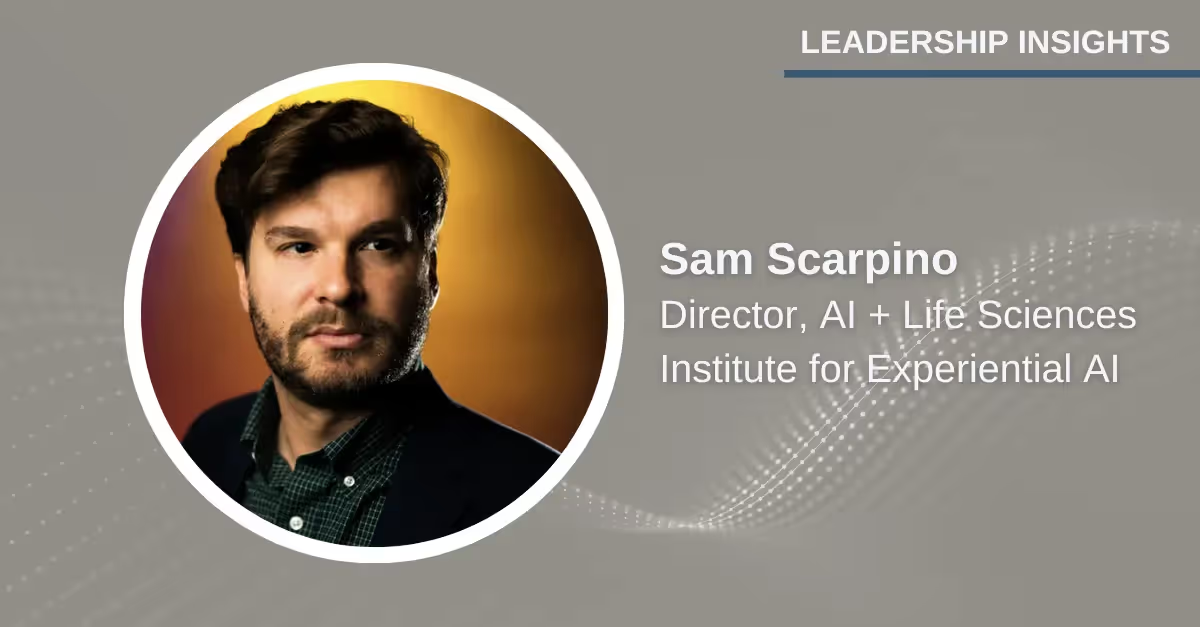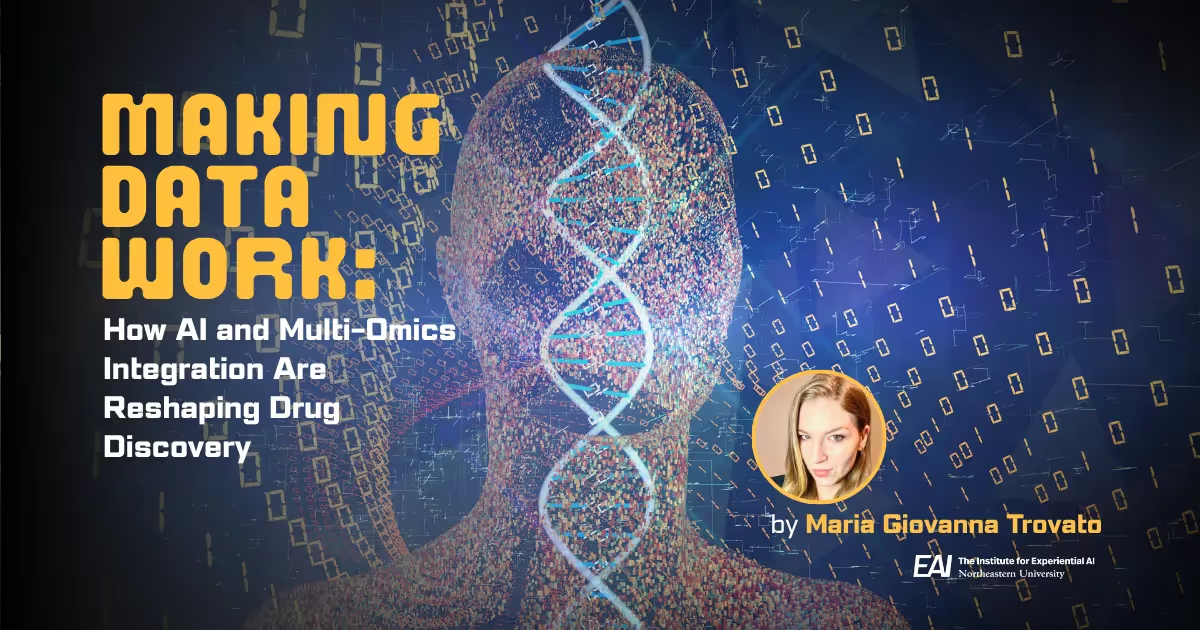Fighting Antimicrobial Resistance Research with Artificial Intelligence

Antimicrobial resistance is one of those civilizational perils that leaves little room for hope—a borderless, humanity-wide hazard whose central challenge is as much about human nature as it is about natural forces. And to attend a conference on antimicrobial resistance (AMR), you might not come away with your faith restored—unless you knew where to look.
One of the problems with antibiotic resistance is that it's relatively slow moving. While some antibiotic-resistant pathogens are already here, the greatest dangers are still mostly on the horizon. That means AMR research is fundamentally misaligned with the profit model that drives new drug development. Adding to the problem, antibiotics are only meant to be taken in short durations, and patents don’t provide the same kind of investment protection.
For these reasons, progress in AMR research has been slow, and conferences dedicated to the subject tend to be more about identifying problems than finding solutions. Sam Scarpino, the Director of AI + Life Sciences at the Institute for Experiential AI, draws a natural comparison to climate change:
“I see a lot of parallels [with climate change], and that's why we have a lot of airing of grievances, because it's not clear what can be done without major structural change,” he says. “It's not just about what happens in the doctor's office. It’s also about what happens with beef cattle and chicken farming. It’s tied up with the way we fund biomedical innovation and the profit models associated with pharmaceutical companies.”
However, there are ways AMR research is unique. For one, it hasn’t been politicized quite as much as climate change. It’s also easier to establish causality in medical settings and, therefore, an explanation for medical problems. Finally, a lot of people have been impacted by the effects of AMR: In 2019, an estimated 1.27 million people died due to bacterial AMR worldwide, and that figure is expected to reach 10 million by 2050. Hospital visits are often delayed by days simply to allow doctors time to identify bacterial cultures and the right antibiotic to combat them, which can inflate medical bills.
But does it have to be this way? How can researchers and medical professionals move the needle on AMR research?
One fruit ripe for the plucking is artificial intelligence. While AI is already being deployed for drug discovery through groundbreaking tools like AlphaFold, a more immediate opportunity can be found in simply making the research process more efficient. Says Sam: “I think the biggest opportunities in terms of antimicrobial resistance are in, after candidate drugs are discovered, how do we significantly reduce the cost and time to market so that it becomes profitable for the pharmaceutical companies to carry these on their books and bring them to market?”
AI has already been shown to reduce the amount of experimenting needed to screen potential drugs for antibiotic properties. Other applications for AI involve software tools for diagnosing bacterial pathogens and recommending the most effective antibiotics, and machine learning models that can identify networks of antibiotic resistant genes.
At the World Antimicrobial Resistance Congress in Philadelphia, however, Sam Scarpino found another reason to be hopeful. AI is nothing if not hot. Its powers of prediction and generation have left the general public pretty much awestricken, and that has had a trickle down effect in the AMR space as well. On display in Philadelphia, droves of executives and high-level decision makers rubbed elbows to discuss how AI can help move the needle on AMR—and that alone was cause for celebration.
“People across sectors at the highest levels of business, banking, and government are hungry to learn and talk and strategize about artificial intelligence,” Sam said. “Having done a lot of education, a lot of consulting, especially on the quantitative side, it’s usually like pulling teeth to get somebody into a statistics class, and now CEOs are lining up to talk about large language models over lunch. That's kind of unheard of.”
Sam added that one of the keys to success for AI in AMR (or really any industry) is building trust—not just among the public but among high-level executives as well. They have to know that AI can be deployed effectively and responsibly. And only universities have the resources to harness both the research and product delivery expertise needed to apply AI in the right contexts.
Turning to the Institute for Experiential AI and its upcoming summit on Responsible AI, Sam highlighted the opportunity to educate and build trust with executive-level leadership in every sector.
“Ideally, the outcome is a force multiplier,” he explained. “Our mandate as a nonprofit educational institution is so powerful for our ability to shape and transform this space—whether it’s through sponsored research, employee upskilling, or co-op programs. The only way we're gonna solve AMR is by deep integration between the resources and expertise we have inside of the academy and the resources and expertise they have at the pharmaceutical companies aligning around incentives.”
Next month, the Institute for Experiential AI will host an era-defining event on Responsible AI. Learn more about speakers, seminars, and opportunities here. Learn more about Sam’s research here.


%20-%20EAI%20Team%20.avif)
%20(30).avif)
